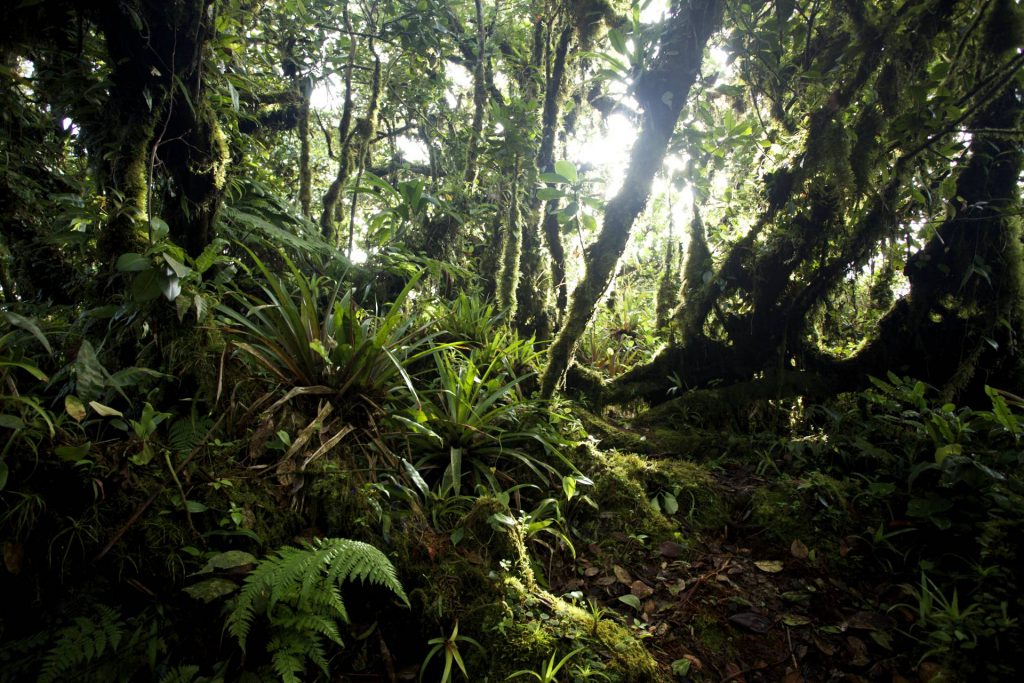Other Species
Bolitoglossa chucantiensis Chucantí Tink Frog
Diasporus majeensis Chucantí Centipede Snake
Tantilla berguidoi Anthurium annularum Anthurium chucantiense Heliconia berguidoi Photinus interdius Quindina kuna Notopleura sallydavidsoniae Diffenbachia mortoniana Neaporia chucanti Syscia austrella Greta Thunberg’s Rainfrog
Pristimantis gretathunbergae Anthurium berguidoi

Dieffenbachia mortoniana

Dieffenbachia mortoniana
Due to its restricted range and nearby threats in the form of agriculture, the authors that first described this species have suggested that it should be considered Critically Endangered [CR].
Identification
Growth form: A small, terrestrial herb 0.5 - 1 m tall. Although the main stem tends to be around 30 cm long, the older sections of the stem may trail across the ground to 1 m.
Foliage: Leaves erect/spreading, dark green and somewhat glossy above, paler and semi-glossy below, narrow and lance-shaped, 10 - 15 cm long by 3 - 5 cm wide (a bit more than 3 times longer than wide), with wavy margins. Pedicles (leaf stems) 4 - 5 cm long. Internodes (the sections of the stem between each leaf) 1.0 - 2.5 cm long, almost completely sheathed (90% - 100% of the total length).
Flowering structure: Solitary. Peduncle (main stem of the structure) medium green, almost completely hidden by the sheath. Spathe about 7 cm long, 0.5 - 0.9 cm wide, medium green and somewhat glossy outside, paler and semi-glossy inside, wrapping around itself in the bottom half, 1 cm longer than the spadix. Spadix contiguous (without a bare, sterile section), 5-7 cm long, staminate portion creamy white, pistillate portion pale yellow.
Fruiting structure: Not yet described.
Distribution
To date, this species has only been encountered in Cerro Chucantí.
Biology and Natural History
A generally rare and solitary species (not growing in colonies).
Habitat: Premontane wet forest and tropical wet forest around 1325 m in elevation.
Phenology: Observed flowering in April.
Etymology
This species takes its name from Jess Morton, poet and patron of the arts and conservation, founding member of the Palos Verdes/South Bay Audubon Society, who supports ADOPTA's work, and the Endangered Habitats League and Endangered Habitats Conservancy, the three of which are important for promoting the environmental health of Southern California. He has shown unwavering support for ADOPTA in its efforts to preserve the unique forests of Cerro Chucanti, the only known locality for this species.
References
- Ortiz, O.O. & T.B. Croat (2021). Dieffenbachia batistae and D. mortoniana (Araceae, Aroideae, Spathicarpeae), new species from Panama Ann. Bot. Fennici. 58: 95-99. (Link)


